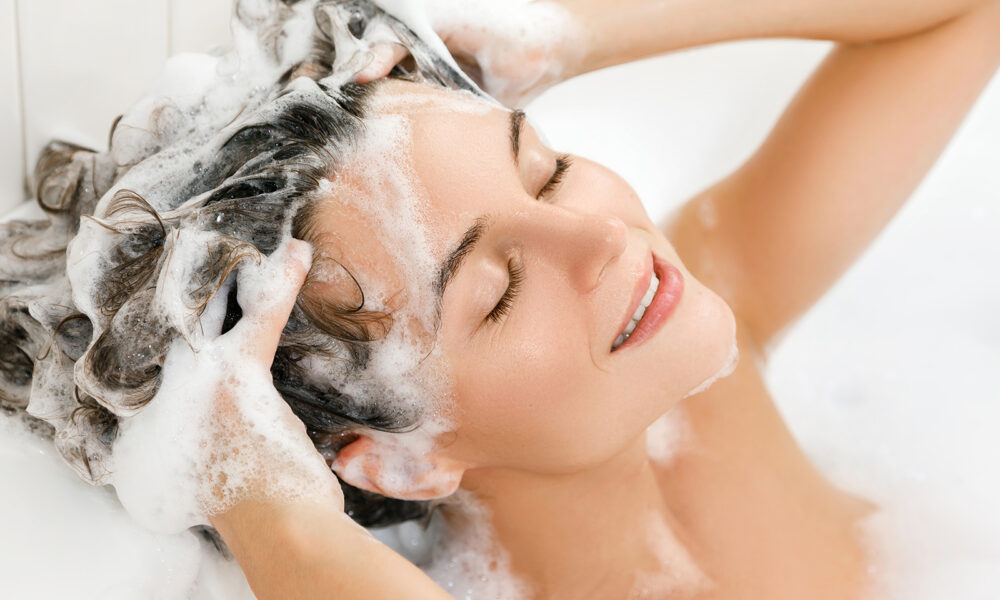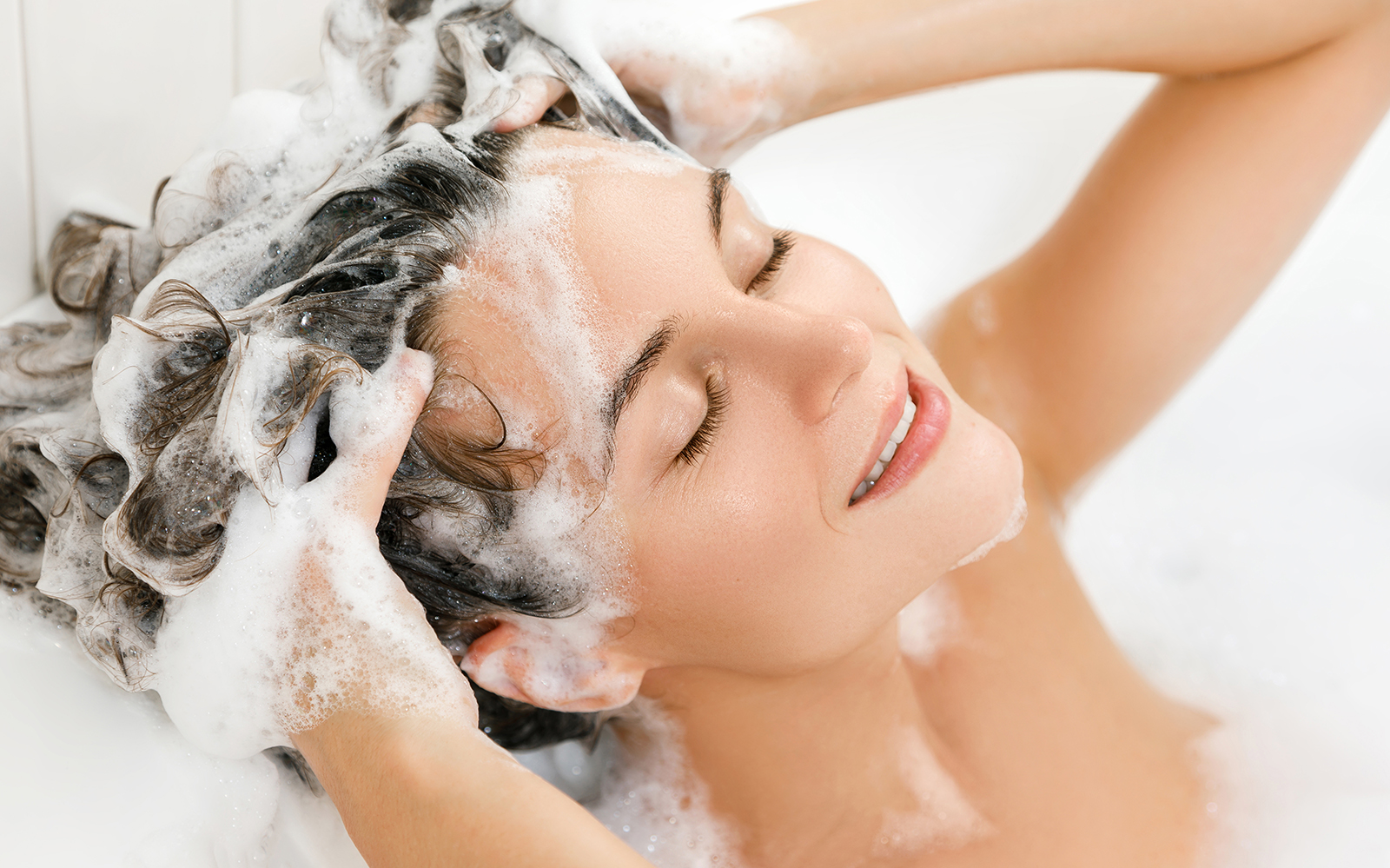

Most of us don’t think about switching up our shower routines, even when we’re experiencing dry skin, brittle hair, or dandruff. We may not correlate these problems with our shower habits, but the products we use play a big part in why we may not feel comfortable in our skin.
By following a few grooming rules, you can easily obtain shining locks and a smooth complexion. Here are 6 easy dermatologist-recommend tips you should add to your routine.
1. Shampoo First, Then Conditioner
When shampooing, distribute the product evenly. Put a quarter-size amount in your hand and work it everywhere, including the nape of your neck. Scrub and massage your scalp for around a minute before rinsing. Make sure to use shampoo before using conditioner or body wash.
You can wash off your conditioner immediately after applying it because the formula will instantly penetrate your hair. Only use leave-in conditioners or hair masks once a week.
2. Use Organic Body Wash
Laureth sulfate and parabens may cause your soap to lather, but they can also cause several skin disorders, like eczema. Organic body and hand wash won’t contain any of these irritants, which is excellent news for your sensitive skin and the environment.
The best, high-quality body washes will be full of natural ingredients and antioxidants that nourish your skin. Aloe vera, coconut-based agents, and lemon aspen extract are great skin boosters that help even your complexion, resulting in cleaner, healthier you.
3. Brush Your Hair and Body
Before getting in the shower, give your body and your hair a quick brush. Plastic vent brushes are the best option for your hair, regardless if it’s thick or thin. Start from the bottom and work your way up. Don’t brush your hair while it’s wet, or it could lead to breakage and/or tearing.
For your body, use a natural-bristle brush. Similar to your hair, work from the bottom up. Only use 2-3 long strokes over each area. Apply a gentle touch. Incorporate dry brushing into your routine 2-3 per week for normal skin and 1-2 per week for sensitive skin.
4. Turn Down the Showers Temperature
You don’t have to take cold showers, but if you love to use scalding water, you should turn down the temperature. Hot water can strip your skin’s natural oils and cause flakier, drier skin. Lukewarm water is the way to go if you suffer from winter dryness or general dry skin.
A good way to tell if your shower is too hot is to watch for redness or flushing. Work your way down to a lukewarm temperature by turning it down slowly every single day.
5. Clean Your Face Before Showering
While you should use a mask on your face directly after you shower, make sure to take off your makeup beforehand. Use an oil-based makeup remover to take off any makeup, SPF, or dirt from your face. The skin on your face and body are different, and can’t use the same products.
Although it seems counter-productive to break up your routine, you’ll want a clean face before entering the shower. A hot or room-temperature shower will open up your pores, and you don’t want any dirt in your pores. After leaving the shower, it’s safe to apply a clay mask or lotion.
6. Apply a Mask and Lotion After Showering
Now that your pores are open, you can apply your mask. Keep in mind that people with dry skin should actually wear a mask directly before taking a shower, but if you have normal, oily, or combination skin, it’s better to use a deep-cleansing, mud, or charcoal mask afterward.
Sheet masks or overnight masks should only be applied after a shower, regardless of skin type. After applying your mask, immediately use moisturizer to lock the water into your skin.






















